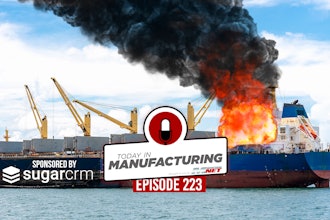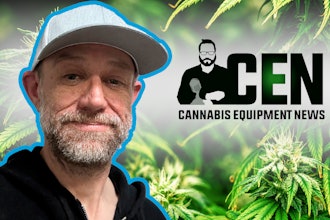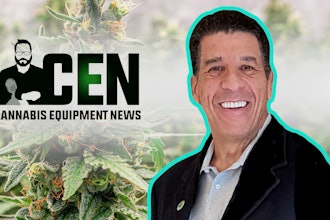Editor's Note: Click here to subscribe to our newsletter.
In this exclusive interview, Chris Simpson, professor at the University of Washington Department of Environmental and Occupational Health Sciences, discusses occupational health and safety in the cannabis industry.
Washington was one of the first states in the nation to legalize adult recreational use, and Simpson got involved in the cannabis space to learn about the occupational health hazards that workers would face — and help identify and develop strategies to protect workers. Because the industry is new, and remains illegal on the federal level, there is a lack of guidance, particularly from OSHA and the FDA.
States and the employers are at a disadvantage, but the hazards are similar to those seen in the agriculture and horticulture spaces. However, some exposures remain unique, and a need for additional research persists.
States continue to share information on best practices, and Washington, Colorado and California provide what they have learned from early legalization.
In Simpson's experience, employers want to make sure that workplaces are safe and healthy for workers. These are typically enterprises, large and small, with a passionate workplace that believes that cannabis can improve the quality of life for people. The companies try to follow state regulations, but the evolving nature of a nascent industry makes it difficult to track ongoing changes.
Initially, most cannabis workplace hazards are similar to new infrastructure construction, followed by respiratory exposures as cultivation and processing ramps up. Respiratory problems persist, but it has been difficult to study respiratory exposures, especially with a workforce filled with recreational users. The passion of the workforce also cause issues — since many workers will do anything to protect the industry, they are more hesitant to report safety issues.
Workers not only face risks common in industrial workplaces, but they also have safety concerns over the socioeconomic and political forces facing the industry. For example, the lack of FDA regulation led to confusion about the pesticides permitted for use on cannabis. Simpson has seen raw crops pass pesticide-level regulations, but the extract derived from the plants fails because the pesticides become concentrated during the extraction process.
Occupational health hazards differ at various stages off the process:
- Cultivation: Ergonomic issues, exposure to plant nutrients, pesticide exposure.
- Harvest: Risk for mold or fungi to grow on the crop if drying operations are not properly ventilated, unknown effects from the odors released by terpenes, dust inhalation and repetitive strain injuries from trimming the flower.
- Post-processing: Exposure to extraction solvents, risks for explosion if solvents or equipment is not properly maintained and operated.
Simpson believes new safety studies should be funded with industry tax revenues that have, thus far, been redirected to help fund unrelated state programs.
He adds that while manufacturers have pushed to engineer safety into new equipment, many companies in the industry are small businesses without large amounts of money to invest in capital equipment. Because of federal banking regulations, companies are also prevented from deducting investments, and it's difficult to procure the loans necessary to make significant capital investments.
Still, most employers in the cannabis industry remain enthusiastic about collaborating with health and safety researchers to improve safety and develop best practices procedures.
Simpson says it's not often that a new industry comes along, and it's exciting to try to understand new processes, the associated health and safety concerns, and help employers find a way to mitigate those risks.






















